Aramaic: An Ancient Language of the Near East
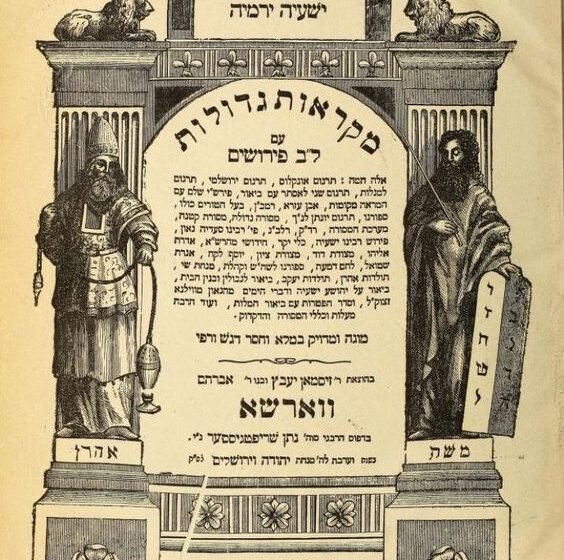
Aramaic is an ancient language that was spoken in the Near East from around 1100 BC until the 19th century AD. It was used by various groups throughout history, including the Assyrians, Babylonians, Persians, and Jews. Aramaic is known for its script, which is similar to Hebrew and Arabic, and its influence on other languages, including Arabic and Hebrew. In this article, we will explore the development of the language during this period and how it impacted the world at large.

Background Information on Aramaic:
Before delving into its origins in 1100 BC, it is important to understand some basic facts about Aramaic as a whole. This Semitic language was widely used throughout ancient times by various cultures such as Assyrians, Babylonians, Jews, Persians and more. It also served as an official language for many empires, including Alexander the Great and Rome.
Development of Aramaic During 1100BC:
During this time period (1100-800 BCE), there were two main dialects of Aramaic being spoken – Old Western Aramean (OWA) and Imperial Aramean (IA). OWA was mainly spoken by nomadic tribes while IA was primarily used by royal courts or imperial administrations. Both versions had their own unique features but they shared many similarities with each other too. For example, both dialects featured vowel harmony which allowed words to be pronounced differently depending on context or emphasis needed in speech patterns.

Impact of Aramaic During 1100BC:
The impact that these two dialects had during this era cannot be overstated; not only did they help spread knowledge between different cultures but they also provided a common platform for communication among them all regardless of background or belief systems held by individuals within those societies. Furthermore, due to its widespread use, it became one of the most influential languages ever known – influencing everything from literature, law codes, religious texts, science & mathematics etc. All these factors combined helped shape our modern day society significantly.
THE RISE OF ARAMAIC
Aramaic emerged as a language of trade and diplomacy in the Near East around 1100 BC. It was spoken by the Aramaeans, a group of people who lived in what is now Syria and parts of Iraq, Turkey, and Lebanon. The Aramaeans traded with neighbouring civilizations, including the Babylonians and the Assyrians, and their language became a lingua franca in the region.

During the 8th century BC, the Assyrian Empire conquered the Aramean city-states and adopted Aramaic as their official language. This led to the spread of the language throughout the Near East, as the Assyrians used it for administration, trade, and communication with their subjects.
ARAMAIC IN THE BIBLE
Aramaic is also an important language in the Bible. It is believed that parts of the Old Testament were originally written in Aramaic, including portions of the books of Daniel and Ezra. Jesus and his disciples also likely spoke Aramaic, as it was the common language of the Jewish people in the region at that time. In fact, some of Jesus’ sayings are recorded in Aramaic in the New Testament, including “Talitha koum” (Mark 5:41) and “Eli, Eli, lema sabachthani?” (Matthew 27:46).
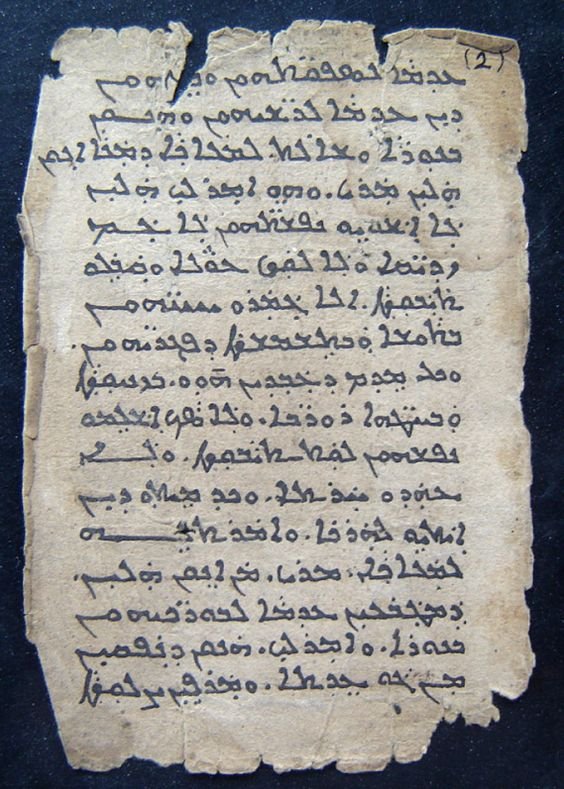
ARAMAIC TODAY
While Aramaic is no longer widely spoken, there are still communities in the Near East that use the language today. The Assyrian Christian community in Iraq, for example, still uses Aramaic in its liturgy and daily life. In addition, there are efforts to preserve the language and its cultural heritage, including through the establishment of Aramaic language schools and the development of digital resources for learning and studying the language.
One of the most well-known efforts to preserve Aramaic is the work of the Syriac Orthodox Church. This church uses a form of Aramaic known as Syriac in its liturgy, which has helped to keep the language alive. In addition, the church has established schools and institutions to teach Aramaic and promote its cultural heritage.
In addition, the preservation of Aramaic is important for maintaining the cultural diversity of the Near East. By keeping this ancient language alive, we are able to appreciate the unique traditions and history of the people who have spoken it throughout the centuries. As such, the efforts to preserve Aramaic are not just about language, but also about preserving the cultural heritage of the Near East for future generations to come.
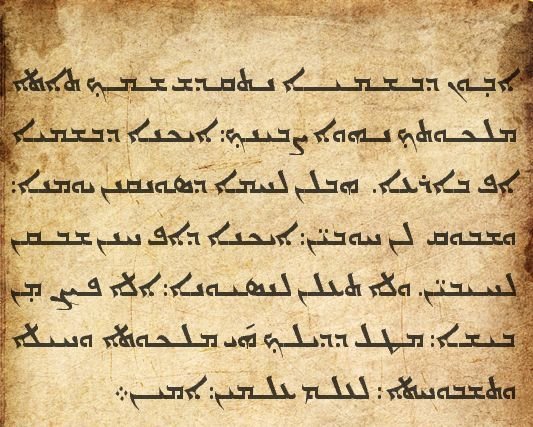
DECLINE OF ARAMAIC
Aramaic is an ancient language that has been spoken for thousands of years. It was once the lingua franca in many parts of the Middle East and North Africa, but its use has declined significantly over time. Below are the reasons why use of Aramaic began to decline and what effect this had on history.
Uses
Historically, Aramaic was mainly used by merchants as a means of communication between different cultures and countries during trade transactions. It also served as an official language for various empires such as those ruled by Alexander the Great or Darius I from Persia.
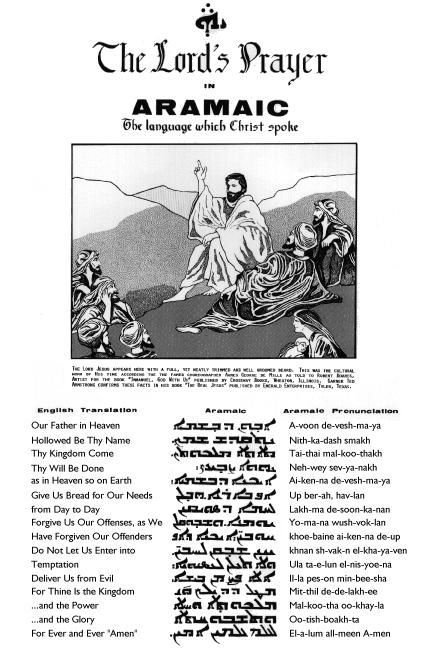
Reasons Behind Its Decline:
There are several factors that contributed to the eventual decline of Aramaic usage over time including:
- Political Changes: As new political powers emerged in areas where previously only small kingdoms existed, they brought with them their own languages which eventually replaced older ones like Aramaic. For example, after Alexander’s conquests, Greek gradually supplanted local dialects across his empire. Similarly, when Rome took control over large portions of Europe, Latin became more popular than other regional tongues.
- Religious Shifts: Another factor contributing towards its demise was religious changes taking place at certain points in history. During medieval times Christianity slowly started replacing paganism while Islam gained ground among populations living near Arabian Peninsula. Both religions favoured using their respective holy books – Bible & Quran – instead relying on oral tradition associated with earlier beliefs thus leading further away from traditional forms like speaking/writing Aramaic.
- Technological Advances: Lastly technological advances played role too since invention printing press allowed easier dissemination knowledge through mass production printed materials rather than having rely solely word mouth transmission stories poems etc. which were often done so using old tongues like Aramaic before the modern era came along.
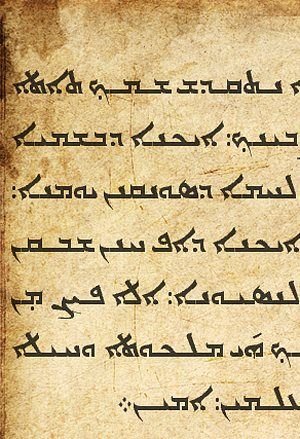
CONCLUSION
Aramaic is an ancient language that played an important role in the history and culture of the Near East. Its influence can be seen in other languages, including Hebrew and Arabic, and its legacy is still felt today in communities that continue to use the language. As we continue to study and learn about Aramaic, we are able to gain a deeper understanding of the rich cultural history of the Near East.
But there are multiple factors that led to the gradual decline in usage and popularity of Aramaic over time These included political shifts religious conversions technological advancements all which ultimately resulted in its replacement by other languages across various regions world today. Despite this it still remains important part of many cultures and is used for many religious ceremonies even present day.


